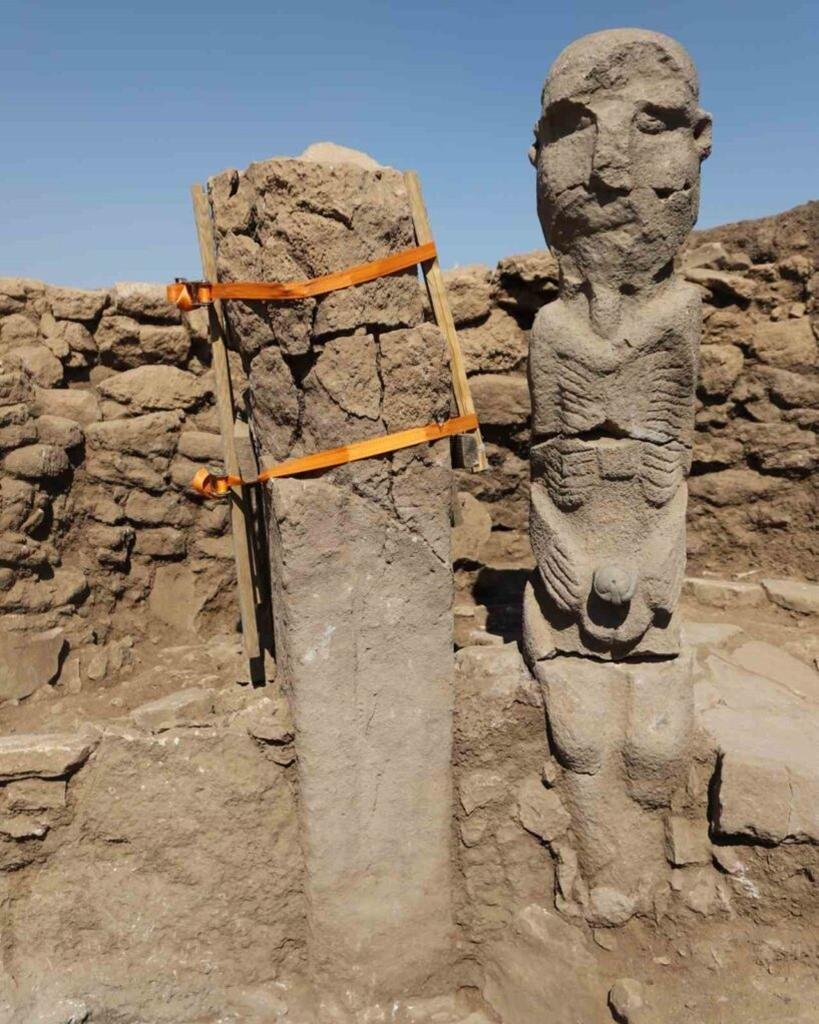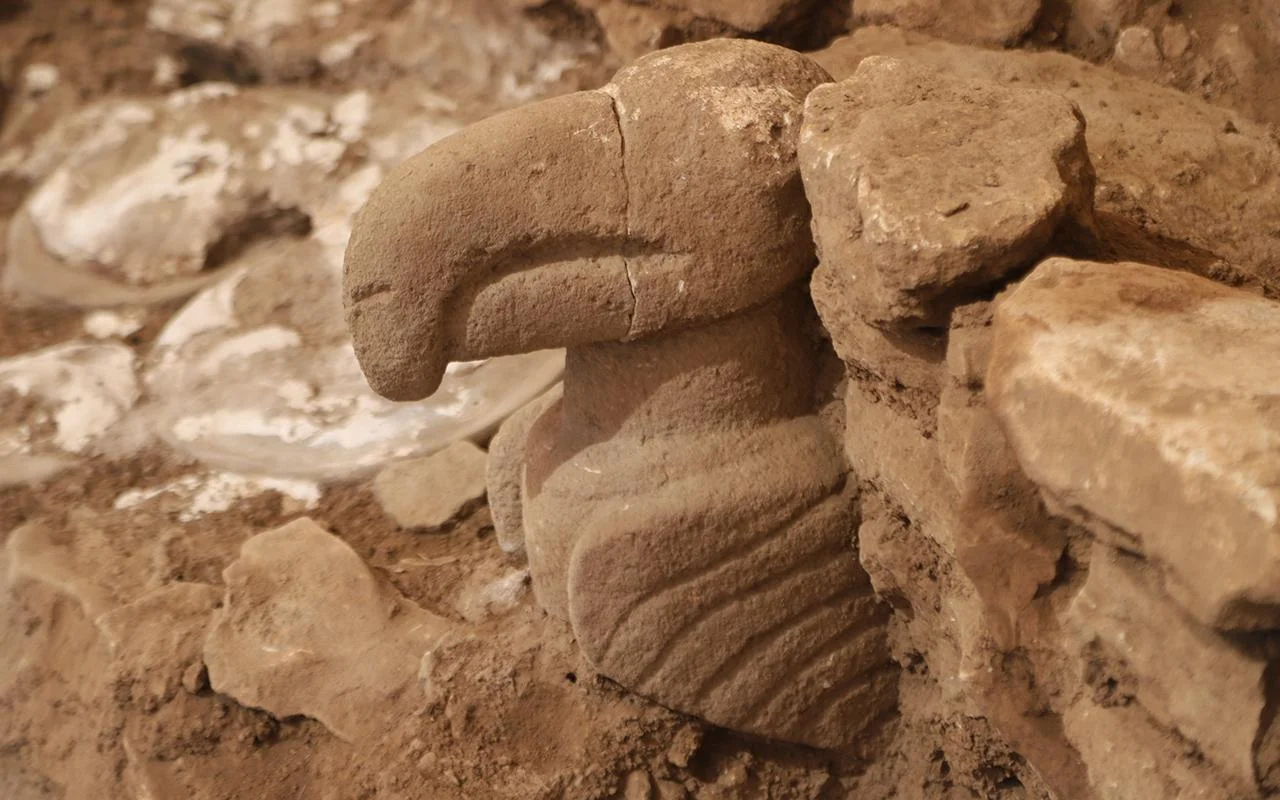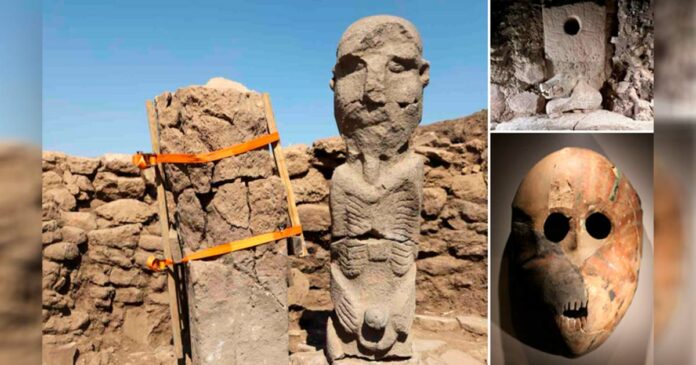Karahan Tepe, situated near its more famous counterpart Göbekli Tepe in southeast Turkey, has intrigued historians since its discovery in 1997. However, it wasn’t until 2019 that excavations commenced at this archaeological site. Karahan Tepe, along with other sites in the region known as Taş Tepeler, offers valuable insights into the early Neolithic phases of construction. Of particular interest is a unique structure called Str. AB, which represents an underground ritual space and stands out among the Taş Tepeler sites.
Understanding Karahan Tepe in the Context of Taş Tepeler

Unlike most Taş Tepeler sites, Karahan Tepe boasts a large circular building called Str. AD, comparable in size to the monumental enclosures found at Göbekli Tepe. Dating back to the late Pre-Pottery Neolithic period (c. 9000-8800 BC), Str. AD served as a significant hub of ritual activity. Adjacent to it is the extraordinary Str. AB, a rounded hollow carved entirely out of the bedrock. This underground chamber features ten phallic-shaped structures and a human head emerging from its western wall, captivating the imagination of archaeologists.
The Carved Human Head Unearthed at Karahan Tepe

One of the most intriguing features of Str. AB is the human head carved out of the bedrock. It is believed that people were paraded in front of this carved head, adding a ceremonial and spiritual dimension to the underground space. The exit of Str. AB, marked by a pile of slab steps, lies opposite its entrance. Above this exit, a serpentine channel cut into the rock suggests the possibility of water flow, indicating the potential use of ritual washing within the chamber.

Ceremonial Events in Karahan Tepe’s Underworld?
The semi-subterranean design of Taş Tepeler sites, including Karahan Tepe, presents a stark contrast to the cave environments of the Paleolithic era. These underground spaces were likely used for secret society initiations and ceremonial events by socially complex hunter-gatherer groups.

Str. AB at Karahan Tepe is believed to engage with the cosmological underworld concept depicted on Göbekli Tepe’s famous Pillar 43, but in a more interactive and symbolic manner. Recent excavations have uncovered symbolic elements, such as a life-size boar statue and a vulture sculpture, which support the notion of a mystical underworld connection.

The discoveries at Karahan Tepe, particularly the unique underground ritual space of Str. AB, have captivated historians and archaeologists. The site’s intricate carvings, including the human head and phallic-shaped structures, provide glimpses into the ancient rituals and beliefs of the early Neolithic period. The connections between Karahan Tepe and other Taş Tepeler sites, as well as Göbekli Tepe, offer valuable insights into the complex social and spiritual practices of ancient societies. As further excavations and research unfold, Karahan Tepe promises to unveil more secrets and contribute to our understanding of humanity’s early cultural development.
